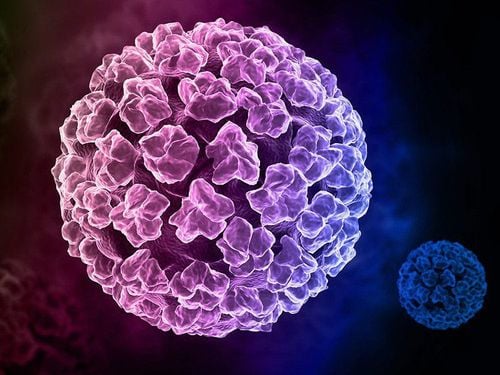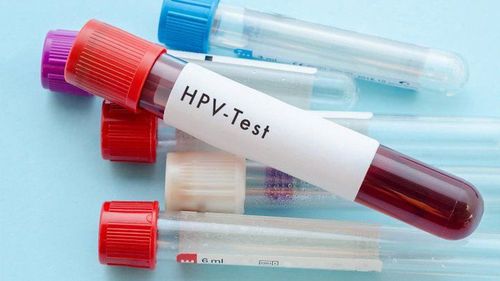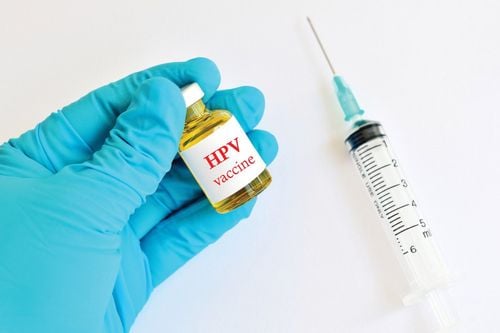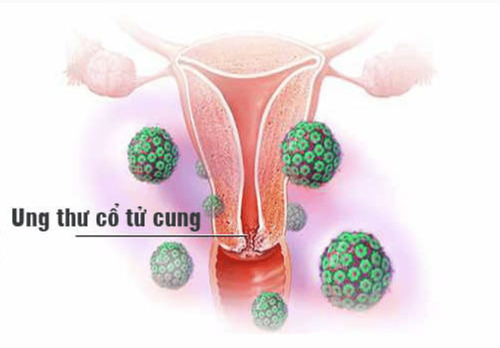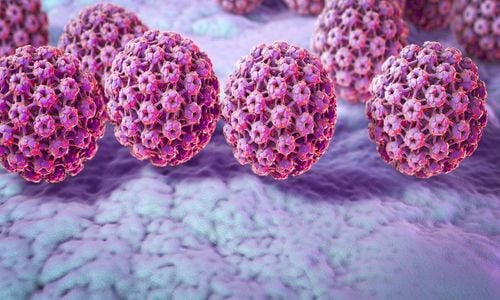This is an automatically translated article.
The article was written by doctors of Internal Oncology Department, Vinmec Times City International General Hospital.The most important risk factor for cervical cancer is infection with the human papilloma virus (HPV). There are more than 100 different types of HPV, however, most viruses do not cause cancer. At least 80% of women are exposed to HPV during their lifetime. Most of the time, the body's immune system gets rid of the virus before it causes harm.
1. The risk of cervical cancer
Studies have found:
Low-risk HPV types - HPV types 6 and 11 can cause genital warts and rarely cervical cancer High-risk HPV types - HPV Types 16 and 18 are two of the high-risk categories. Although most women infected with high-risk types of HPV do not develop cervical cancer, women who have tested positive for high-risk HPV for many years have an increased risk of cervical cancer. higher. HPV is spread by direct skin-to-skin contact, including sex, oral sex, anal sex, or any other contact involving the genital area. sex (eg, hand-to-genital contact). HPV cannot be contracted by touching an object, such as a toilet seat. Most people infected with the virus have no signs or symptoms. Most HPV infections are transient. As long as the virus persists (in 10 to 20% of cases), there is a chance of developing cervical precancer or cancer. However, it often takes years for an HPV infection to cause cervical cancer.
Because HPV is sexually transmitted, having multiple sex partners is associated with an increased risk of cervical cancer. Condoms provide only partial protection. Smoking can quadruple the risk of cervical cancer, as well as a weakened immune system from taking the drug.
Vaccines that help prevent infection with certain types of high-risk HPV are now available that are recommended for girls or women between the ages of 9 and 26 and for boys or men between the ages of 9 and 21. The vaccine can be given until age 26. Smoking cessation is recommended for current smokers.
2. Cervical Cancer Screening With "Pap Test"
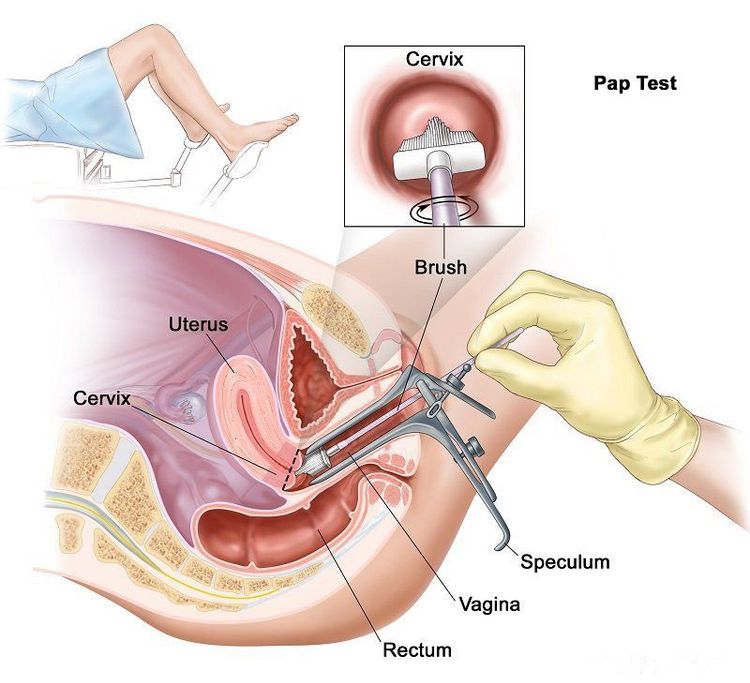
Xét nghiệm Pap là xét nghiệm sàng lọc truyền thống
A Pap test is a method of examining cells from the cervix
To perform a Pap test, the Doctor will examine and use a small brush or spoon to collect cells from the cervix. Cells are smeared on a slide (called a Pap smear)
HPV test - can be done with a Pap test or as a separate test. Like the Pap test, the HPV test is done during a pelvic exam, using a small brush to collect a sample from the cervix. HPV tests do not check for all the different types of HPV, only the strains with the highest risk of cervical cancer.
3. Who should be screened for cervical cancer
Young women - In the United States, cervical cancer screening is regulated from age 21, some other countries say that screening begins at age 25. Cervical cancer is rare in young women. Screening before age 21 is not recommended in girls and sexually active women because of the very high risk of false-positive results (that is, not indicating a precancerous condition) because of the many cases of human papillomavirus infection ( HPV) in this group is transient.
Even with the HPV vaccine, the client will still need cervical cancer screening.
Older women - Most experts think that many women 65 and older can stop cervical cancer screening, although this depends on their risk factors.
For example, a client may need continued cervical cancer screening beyond age 65 if:
Former or current smoker Ever had an abnormal Pap test, an abnormal HPV test, or treatment for cervical lesions precancerous uterus (abnormal cells that can lead to cancer). Have a new sexual partner since your last Pap test. Have been exposed to diethylstilbestrol (DES) while you were in the womb - DES is a medicine given to many women before 1981 to prevent pregnancy complications. A fetus exposed while in the womb is at increased risk of certain health problems - including cervical cancer - later in life. Age 65 or older and without any of the above risk factors, most experts feel that cervical cancer screening can be stopped if: Have had regular screening tests during pregnancy past At least three normal Pap tests in a row or two normal combined Pap and HPV tests in the past 10 years, most recently within the last five years After hysterectomy - Women who have had a total hysterectomy A hysterectomy does not require a Pap test, unless:
Hysterectomy without removal of the cervix Your hysterectomy has been performed for cervical cancer or pre-cancer Have been exposed to diethylstilbestrol ( DES) while in the womb
4. How often to get a Pap test

Sàng lọc được khuyến nghị ba hoặc năm năm cho hầu hết phụ nữ trên 21 tuổi
Previously experts advised that every woman should be screened for cervical cancer every year. This has changed. Depending on age and how it is screened, screening is recommended three or five years for most women over the age of 21.
More frequent testing may be needed if test results are abnormal or for women with human immunodeficiency virus (HIV) or other immune system conditions.
The Pap test or the human papillomavirus (HPV) test can be done at any time during the menstrual cycle. Some doctors recommend waiting until your period has ended before having a Pap test.
At Vinmec, we always deploy a cervical cancer screening package to help customers examine gynecological diseases and perform necessary tests to detect cervical - uterine - ovarian cancers right away. even without symptoms.
Please dial HOTLINE for more information or register for an appointment HERE. Download MyVinmec app to make appointments faster and to manage your bookings easily.
Source: update 2019



